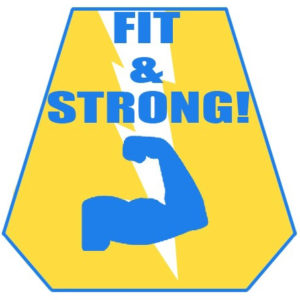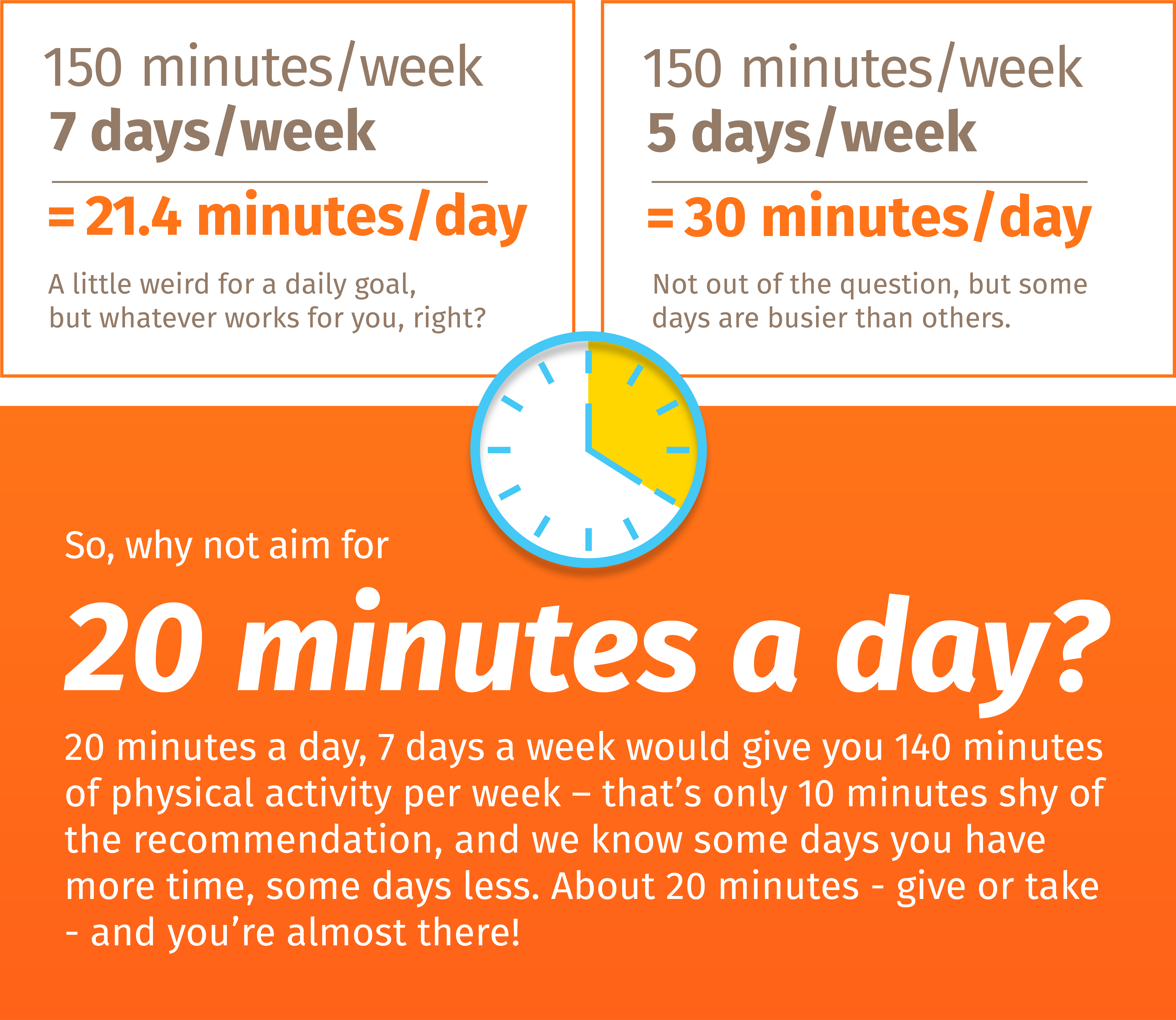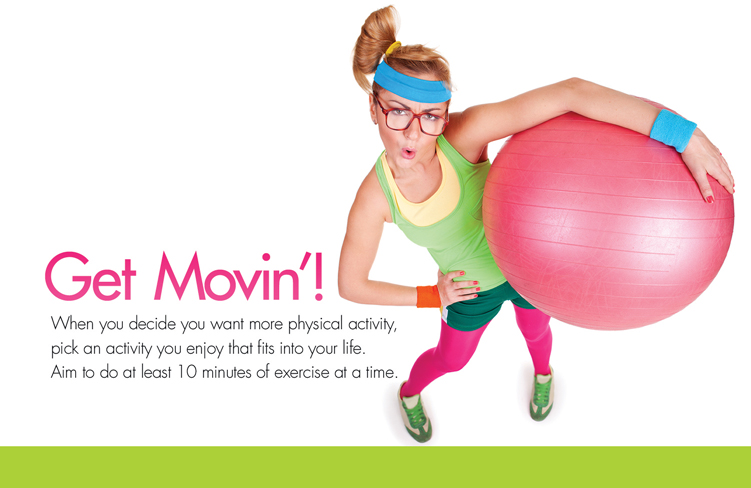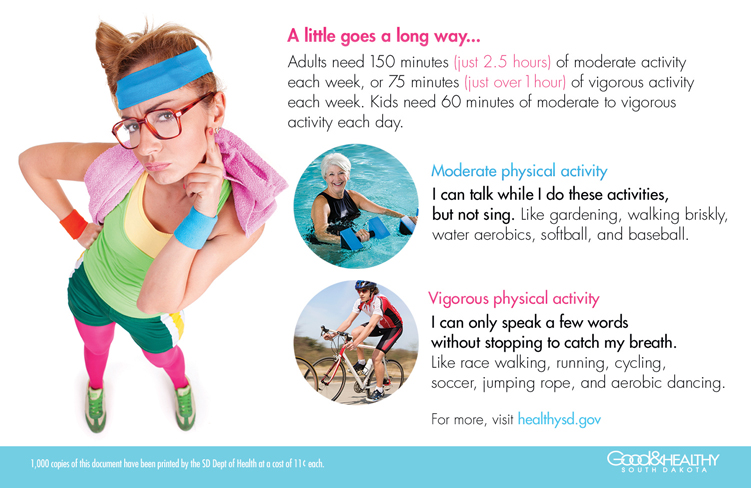Healthy eating can help you lose or maintain weight, feel better overall, and possibly decrease your chances of getting certain diseases. Making smart food choices is important at any age. But eating healthy can be difficult even if you know which foods you should buy and prepare. Your budget, physical issues, mood changes, and dietary restrictions can be roadblocks to eating food that’s best for you.
There are some common problems that can make it harder for older people to follow through on smart food choices. Here are some ideas for dealing with common questions:
Tired of cooking or eating alone?
Maybe you are tired of planning and cooking dinners every night. Have you considered potluck meals? If everyone brings one part of the meal, cooking is a lot easier, and there might be leftovers to share. Or try cooking with a friend to make a meal you can enjoy together. Food delivery services are yet another option. You could also look into having some meals at a nearby senior center, community center, or religious facility. Not only will you enjoy a free or low-cost meal, but you will also have some company while you eat.
Trying to eat healthy on a budget?
Even when you know which healthy foods to choose, people living on fixed or limited incomes may not be able to buy what’s ideal. Start by deciding how much you can afford to spend on food.
There are a number of resources that can help you plan a food budget. For example, the U.S. Department of Agriculture supports Iowa State University’s Spend Smart-Eat Smart
program. This website also features more than 100 inexpensive recipes, with nutrition information and cost per serving.
Once you have decided on your budget, look for grocery store advertising in the newspaper or online to see what is on sale. Try to plan some meals around featured items and consider purchasing extra nonperishables such as canned goods when they’re on sale. Use coupons when possible and ask your grocery store staff if they have a senior discount or loyalty rewards program. Consider buying store-brand products, which are often the same as more expensive brand-name ones. Focus on buying healthy and inexpensive produce. Many nutritious fruits and vegetables — such as bananas, apples, oranges, lettuce, green peppers, and carrots — may be reasonably priced.
Problems chewing food?
Do you avoid some foods because they are hard to chew? People who have problems with their teeth or dentures often avoid eating meat, fruits, or vegetables and might miss out on important nutrients. If you are having trouble chewing, see your dentist to check for problems. If you wear dentures, the dentist can check the fit.
If food seems to get stuck in your throat or is hard to swallow, it might be that you don’t have enough saliva in your mouth. Or, there may be other reasons, including problems with the muscles or nerves in your throat, problems with your esophagus, or gastroesophageal reflux disease. Talk to your doctor about what might be causing your swallowing issues.
Physical problems making it hard to eat?
Sometimes illnesses such as Parkinson’s disease, stroke, or arthritis can make it harder to cook or feed yourself. Your doctor might recommend an occupational therapist. The therapist might make a custom splint for your hand, give you special exercises to strengthen your muscles, or suggest rearranging things in your kitchen. Special utensils and plates might make mealtimes easier or help with food preparation.
Food tastes different?
Are foods not as tasty as you remember? It might not be the cook’s fault! Maybe your sense of taste, smell, or both has changed. Growing older, having dental problems, and medication side effects can cause your senses to change. Taste and smell are important for a healthy appetite and eating. Try adding fresh herbs, spices, or lemon juice to your plate.
Smoking and drinking alcohol can also affect your sense of taste. If you smoke, quitting may not only improve your sense of taste and smell, but also your health in many other ways. If you drink alcohol, consider stopping or cutting back.
Some medicines can change how food tastes, make your mouth dry, or reduce your appetite. In turn, some foods can change how certain medicines work. You might have heard that grapefruit juice is a common culprit when used with any of several drugs. Chocolate, licorice, and alcohol are some others. Whenever your doctor prescribes a new drug for you, be sure to ask about any food-drug interactions.
Feeling sad and don’t want to eat?
Being unhappy can cause a loss of appetite. Feeling down every once in a while is normal but if these feelings last a few weeks or months, talk with your doctor. Help and treatment options are available. Read more about depression and older adults.
Just not hungry?
Changes to your body as you age can cause some people to feel full sooner than they did when they were younger. Lack of appetite can also be a side effect of a medicine you are taking. Talk with your doctor about any side effects you may be experiencing. Your doctor may be able to suggest a different drug.
Try to be more active. In addition to all the other benefits of exercise and physical activity, these may make you hungrier. If you aren’t hungry because food just isn’t appealing, there are ways to make it more interesting. Make sure your foods are seasoned well, but not by adding extra salt. Try using lemon juice, vinegar, or herbs to boost the flavor.
Vary the shape, color, and texture of foods you eat. When you go shopping, look for a new vegetable, fruit, or seafood you haven’t tried before or one you haven’t eaten in a while. Some grocery stores have recipe cards near items, or you can ask the staff for suggestions about preparing the new food or find recipes online. Foods that are overcooked tend to have less flavor. Try cooking or steaming your vegetables for a shorter time and see if that gives them a crunch that will help spark your interest.
Food allergies or dietary restrictions?
Some older adults have allergies to certain foods, such as wheat, nuts, or dairy. Others may have dietary restrictions for religious, ethical, or personal reasons. Whatever your dietary needs are, it is still possible to choose healthy foods.
Avoiding dairy? Talk to your health care provider about how to get enough calcium and vitamin D. Even lactose-intolerant people might be able to have small amounts of milk when taken with food. There are also nondairy food sources of calcium, lactose-free milk and milk products, calcium- and vitamin D-fortified foods, and supplements.
Gluten sensitivity or allergy? Check out these resources that explain the different types of gluten sensitivities and allergies and learn how to make smart food choices for each type.
Vegetarian or vegan? Check out these resources for incorporating plant-based protein into your diet.
Visit the National Institute on Aging for more.
 Fit & Strong! is an 8- or 12-week workshop that is designed to help participants exercise safely, improve daily function, and manage joint pain and stiffness. Workshops include a multi-component approach, with flexibility, strength training, aerobics, health education, and group discussion all included.
Fit & Strong! is an 8- or 12-week workshop that is designed to help participants exercise safely, improve daily function, and manage joint pain and stiffness. Workshops include a multi-component approach, with flexibility, strength training, aerobics, health education, and group discussion all included.




